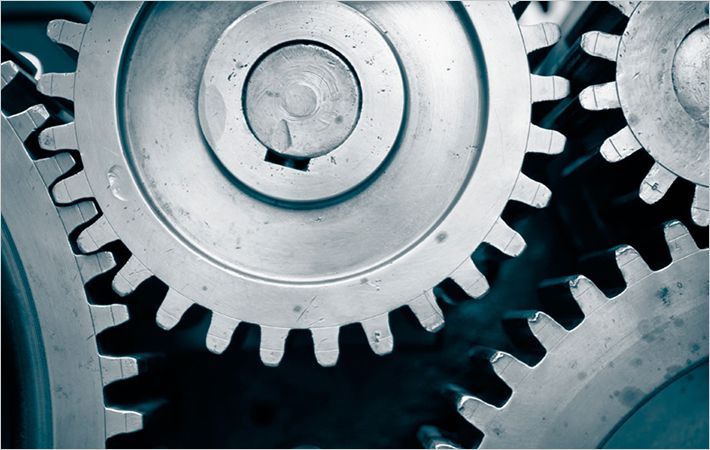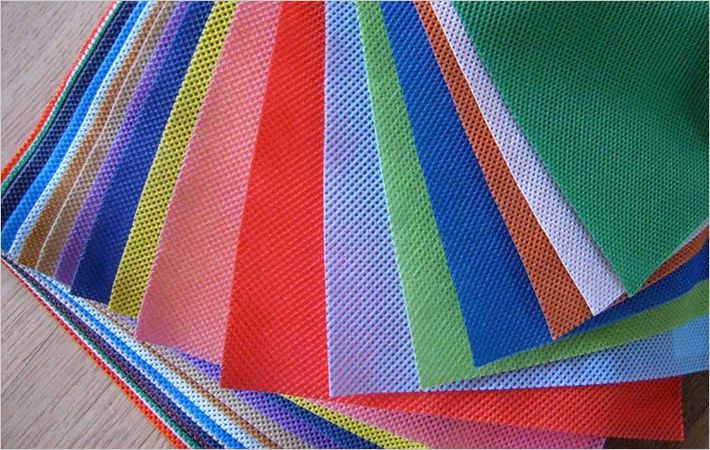Our world is in a constant state of flux. The process of urbanisation is increasing and population growth continues at a rapid pace. According to forecasts, there will be more than 9 billion people living on our planet in 2050 and approx. 1.2 billion
In line with this, the automobile industry has developed into one of the most important business sectors during the past hundred years. “Only” 36.2 million vehicles (cars, trucks and buses) were manufactured around the world in 1982 – but that figure had risen to 77.6 million by 2010, more than double the earlier number. China was easily the world's number one manufacturing country in 2010, producing 18.3 million vehicles, and it has been able to increase its production sixty-fold since the early 1980s, believe it or not. China was followed by Japan with 9.6 million vehicles, the USA with 7.7 million and Germany with 5.9 million. According to estimates provided by the Roland Berger management consultancy company, approx. 18 million Chinese will purchase a new car in 2015. This illustrates the current dominance of Chinese automobile production, which will continue to grow. (Source: Newsletter 4 2011, Groz-Beckert) The automobile suppliers' industry is finding it hard to adopt the right approach to the expanding automobile market in China. But it is clear that the correct strategy here will be the crucial factor determining whether a company is successful or not. Then there are the general issues of scarce resources and increases in raw material prices – which is why vehicle manufacturers are working hard to optimise weight and fuel consumption figures. One important buzz word here is electric mobility. But regardless of whether this implies battery-powered vehicles or the use of hydrogen, the new drive concepts involve considerable additional weight. Within this context, mobile textiles can make a very valuable contribution, because they primarily combine the positive properties of lightweight items: good sound insulation, UV resistance, rigidity, formability and resistance to wear. As a result, experts are predicting that textile composites will have excellent growth prospects in vehicle production around the globe. The enormous variety of different ways of using mobile textiles in vehicle manufacturing provides huge economic potential. If the proportion of textiles in a medium-sized car still only accounts for 25 kilograms at the moment, this figure will increase to 30-35 kilograms in just a few years. Proportionately, 50-60 percent will be non-woven fabrics and felts, while 40-50 percent will be other textile fabrics. The use of natural fibres or fibre mixtures in car manufacturing will also continue to grow – partly because it is easier to recycle them, but mainly because natural fibres are lighter than chemical fibres and this can lead to weight savings of up to 40 percent per car (Source: IVGT, 2010) components made of composites. The expertise of the many vehicle manufacturers aand services companies based in the automobile state of Saxony provides ideal conditions for developing this platform. #
Lead Market:
Germany The proportion of mobile textiles in the total market for technical textiles accounts for the largest sub-segment: approx. 22%. Mobile textiles are used for filters for air and fuels, vehicle awnings, airbag cushions, seat belts, composites for structural components, moulded parts for interiors, interior decoration for moulded parts, seat or protective covers, moulded parts for seats, car floor coverings, drive belts and hoses. Climate control can be made more efficient by using spacer textiles, particularly in vehicle interiors. New, recyclable composite materials can be used to provide improved sound insulation – and they are made of non-woven materials, flocked surfaces or membranes. Generally, the current trend with mobile textiles is moving in the direction of safety and functionality. Vehicles need to become safer and safer and at the same time provide innovative functions – e.g. using smart textiles (conductive textiles). About 70 percent of all technical innovations depend on the material properties – i.e. the need for new materials is spurring on research and development. The 2012 “mtex” – the International Trade Fair & Symposium for Textiles and Composites in Transportation – which will be held in Chemnitz on 8 - 10 May 2012, underlines the growing importance and opportunities for using textile (composite) materials in every division of vehicle manufacturing. The applications on display range from developments for vehicle interiors to vehicle

